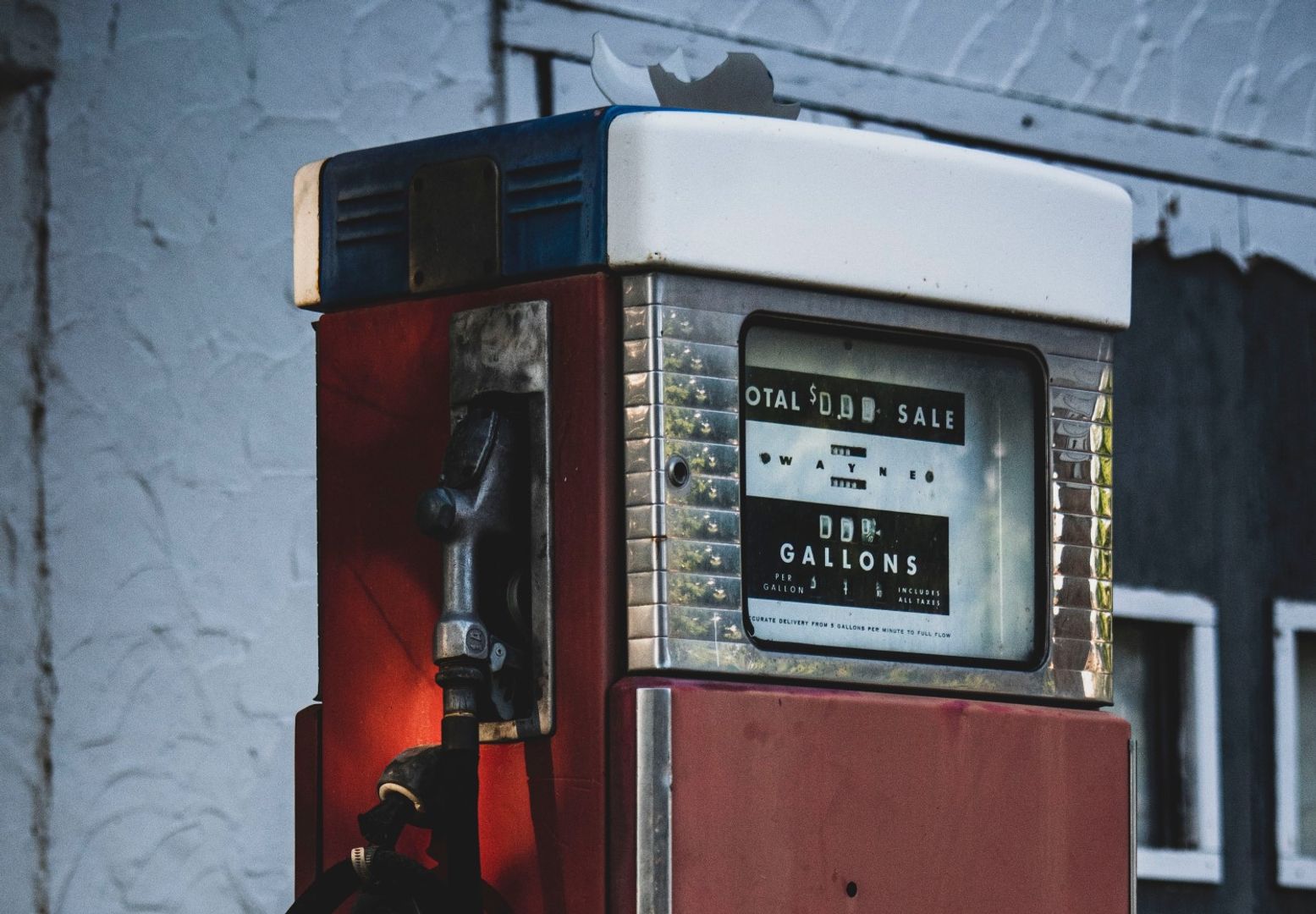BTC
$95,276.48
+
1.29%
ETH
$1,805.16
+
0.42%
USDT
$1.0004
+
0.01%
XRP
$2.3182
+
4.27%
BNB
$606.48
+
1.04%
SOL
$150.31
+
0.89%
USDC
$0.9999
–
0.00%
DOGE
$0.1802
–
0.95%
ADA
$0.7147
+
1.97%
TRX
$0.2457
–
1.23%
SUI
$3.7338
+
3.24%
LINK
$14.90
+
2.18%
AVAX
$21.96
–
0.74%
XLM
$0.2872
+
0.65%
TON
$3.3098
+
1.45%
LEO
$8.9355
–
0.85%
HBAR
$0.1952
+
3.05%
SHIB
$0.0₄1378
+
0.80%
BCH
$351.60
–
0.17%
LTC
$86.87
+
0.21%
By Shaurya Malwa|Edited by Stephen Alpher
Updated Apr 28, 2025, 1:02 p.m. Published Apr 28, 2025, 12:43 p.m.

- Ethereum Improvement Proposal 9698 suggests an automatic increase of the blockchain’s gas limit over four years.
- The proposal aims to raise the gas limit ceiling from 36 million to 3.6 billion units, enhancing transaction capacity.
- If approved, the changes would begin around June 1, with no hard fork required.
Ethereum Foundation researcher Dankrad Feist on Sunday filed the Ethereum Improvement Proposal 9698, a plan to let the blockchain’s gas limit grow on autopilot over the next four years.
Feist is best known in crypto circles for his efforts in scaling the Ethereum network. The “danksharding” element of the network’s Dencun update was named after him.
STORY CONTINUES BELOW
The EIP introduces a deterministic “exponential” schedule baked into client defaults, which nudges the gas limit upward by a tiny preset amount every epoch. These predictable gas limit increases allow current validators to keep their machines up to speed, cutting the need for sudden upgrades.
If approved and implemented, the gas limit ceiling would climb from 36 million units to roughly 3.6 billion, allowing an estimated 6,000 simple transfers per block and over 2,000 transactions per second (TPS). Ethereum’s current TPS is around 15-20 TPS.
Client teams would still need to ship the code and leave the setting on by default, while operators could manually override it.
“The current gas limit mechanism relies on miner/operator voting, which lacks coordination and predictability,” Feist wrote in a Github post as the motivation behind the proposal. “While flexible, this approach can lead to stagnation or overly cautious increases.”
“By introducing a predictable exponential growth pattern as a client default, this EIP encourages a sustainable and transparent gas limit trajectory, aligned with expected advancements in hardware and protocol efficiency,” Feist added.
The proposal sets an activation point at Beacon-chain epoch 369017, roughly June 1. An epoch lasts 6.4 minutes and consists of 32 slots, each containing a block, which stores data and adds to the chain.
EIP-9698 now awaits review by client maintainers and core developers. If they flip the switch this June, Ethereum’s throughput curve could look very different by 2029—no hard fork required.
The proposal comes as Ethereum faces competition from a bloated landscape of blockchains that offer faster settlement times and significantly lower fees. In recent years, this has led to an exodus of financial activity and users to other networks.
Read more: Vitalik Buterin Proposes Replacing Ethereum’s EVM With RISC-V
Shaurya is the Co-Leader of the CoinDesk tokens and data team in Asia with a focus on crypto derivatives, DeFi, market microstructure, and protocol analysis.
Shaurya holds over $1,000 in BTC, ETH, SOL, AVAX, SUSHI, CRV, NEAR, YFI, YFII, SHIB, DOGE, USDT, USDC, BNB, MANA, MLN, LINK, XMR, ALGO, VET, CAKE, AAVE, COMP, ROOK, TRX, SNX, RUNE, FTM, ZIL, KSM, ENJ, CKB, JOE, GHST, PERP, BTRFLY, OHM, BANANA, ROME, BURGER, SPIRIT, and ORCA.
He provides over $1,000 to liquidity pools on Compound, Curve, SushiSwap, PancakeSwap, BurgerSwap, Orca, AnySwap, SpiritSwap, Rook Protocol, Yearn Finance, Synthetix, Harvest, Redacted Cartel, OlympusDAO, Rome, Trader Joe, and SUN.


